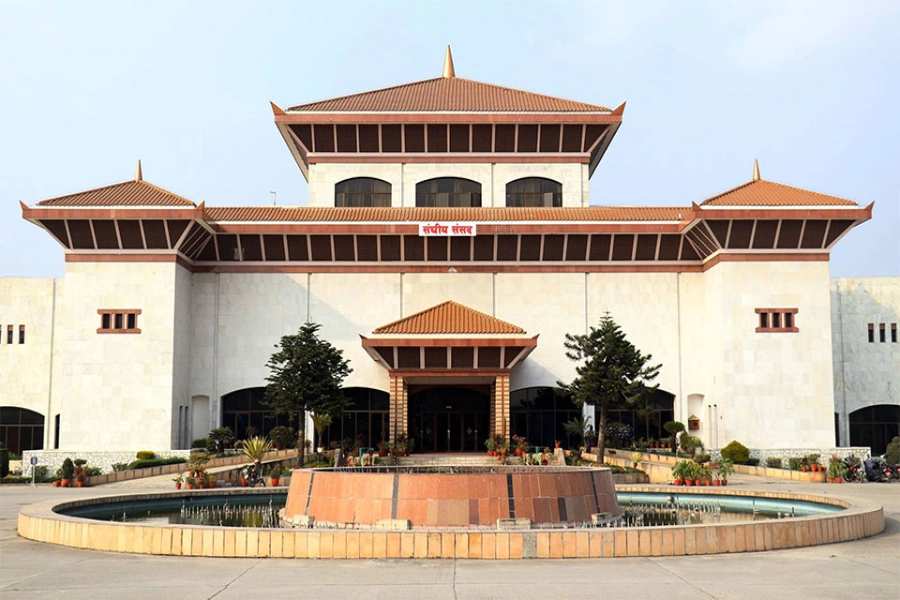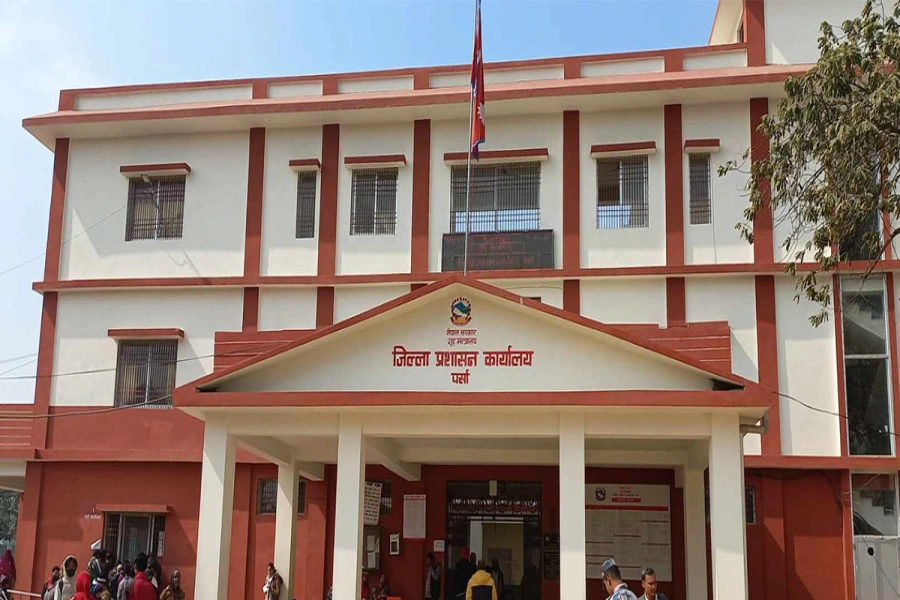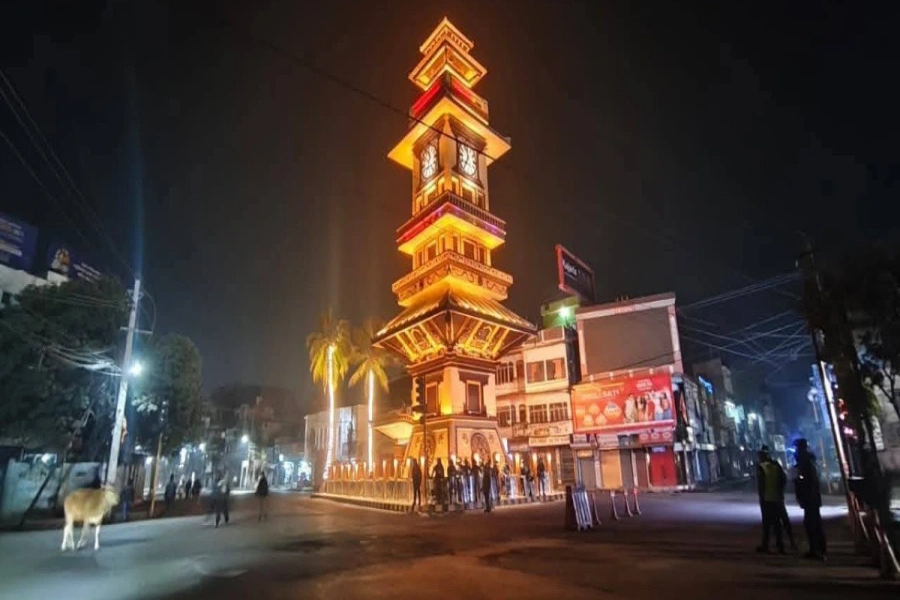Urban floods differ from rural floods because urbanization increases the catchment, which increases the peak flood intensity by 1.8 to 8 times and the flood volume by 6 times.
Similar incidents of urban flooding have occurred in many countries around the world. For example, between 2000 and 2009, several cities in South Africa suffered massive economic losses and 140 deaths, costing US$170 billion. In 2012, drainage systems in Wuhan, Nanjing, and Tianjin in China failed to cope with heavy rainfall. In 2021, hurricanes Henri and Ida inundated several cities on the east coast of the US. In 2023, a major flood in Beijing (China) damaged its transportation system. New York City in the US was devastated by heavy rains, leading to a state of emergency, and there were devastating floods in Derna in Libya, killing more than 1,000 people and leaving about 10,000 missing.
The increasing incidence of urban flooding causes considerable damage to local infrastructure, businesses, and human life, which will have significant impacts on the local, state, and national economy in the future. Being an economic hub, any disruption in city activities results in huge economic losses. Roads may be damaged, mobile phone networks may become inoperable, and power lines may be cut as a safety precaution to avoid electric shock. After such incidents, the city's infrastructure must be rebuilt or repaired before it can be used again. Furthermore, as floodwaters recede, cities may face a greater incidence of potential diseases such as cholera and malaria.
Urban development in our cities creates hard surfaces such as roofs, roads, driveways, and walkways that prevent rainwater from seeping into the ground. This means more water flows than would occur naturally. The causes of urban flooding in Nepal are multifaceted. These include rapid urbanization, inadequate urban planning and infrastructure, encroachment of water resources, blocked drainage systems, improper waste management, and climate change. The solid surface of buildings and roads (also known as impervious cover) prevents rainwater from seeping into the ground, resulting in runoff. As this type of flooding is more common in urban environments, it is sometimes called urban flooding. In recent times, the frequency and severity of urban flooding have increased in the major cities of the country. As a result, urban dwellers have to face problems like waterlogging and traffic jams, which have created damage and disruption in their daily lives. The frequent and increasing problem of urban flooding is a systemic problem, and its root cause is the prioritization of economic benefits to the exclusion of other issues.
As the catchment area expands and rocks and stones accumulate in it, the infiltration rate of water decreases, leading to relatively rapid and sudden flooding in urban areas, known as urban flooding. Problems associated with urban flooding range from relatively localized to large-scale events, including short-term displacement of people, damage to civic amenities, and degradation of water quality. Furthermore, urban areas are more densely populated, creating a risk of epidemics. Therefore, the social and economic damage caused by urban flooding can be enormous. Urban flooding is the inundation of land in densely populated areas caused by rainfall exceeding the capacity of drainage systems. Urban floods differ from rural floods because urbanization increases the catchment, which increases the peak flood intensity by 1.8 to 8 times and the flood volume by 6 times. Consequently, floods occur very quickly (within minutes) due to high flows. Some of the causes of urban flooding in Nepal can be attributed to excessive overland runoff, encroachment on riverbanks and floodplains, increasing inability of wetlands to absorb groundwater, improper arrangement of drains, and poor management of heavy rainwater.
Reasons for Increasing Urban Flooding:
- Climate Changes: Unpredictable weather patterns cause heavy rains, heat waves, and cyclones.
Urban Agriculture for Sustainable Urban Development in Nepal

- Unplanned Urban Development: Rapid expansion of unplanned and illegal activities on natural resources makes cities unsafe. Unplanned urbanization and population growth have led to increased construction activities (especially in low-lying areas), resulting in the loss of water resources.
- Human Encroachment: Construction of concrete structures contributes to urban flooding. As cities grow with concrete structures (through paved sidewalks, roads, and settlements), rainwater infiltration is reduced, increasing excessive stormwater runoff.
-Inadequate Flood Management: Many cities lack proper flood control systems. For example, waterlogging is often seen in urban Nepal, highlighting the lack of municipal preparedness.
-Waste Management Problems: Improper management of solid waste in the drainage system has further exacerbated the problem of flooding.
Challenges Faced by Urban Areas Due to Urban Flooding:
- Infrastructure Damage: Heavy rains and floods can damage buildings and roads, disrupting daily life. For example, frequent flooding in cities.
- Traffic Blockage: Waterlogged roads and public transport systems lead to traffic jams, making it difficult for people to move around the city.
- Emergency Response: Unexpected disasters put pressure on city resources and direct budgets toward revitalization or recovery rather than development.
- Problems Related to Pollution: Large amounts of contaminated runoff can overwhelm urban drainage systems, causing flash floods.
- Public Health Risk: Urban flooding can spread waterborne diseases, contaminate drinking water, and harbor pathogens.
- Food, Water, and Energy Security: Natural disasters threaten these basic needs, especially for the population in riverside cities.
- Social Inequality: Urban flooding often disproportionately affects vulnerable populations, including low-income communities and marginalized groups.
- Weaknesses in Urban Planning:
- Neglect of Water Body Mapping:
- Inadequate Early Warning System: Failure to implement a reliable early warning system.
- Limited Preparation of Local Bodies: Local authorities often lack adequate training, resources, and facilities to effectively manage disaster situations. The responsibility for disaster mitigation is mainly left to the district administration, highlighting the need for strong local-level response capabilities.
The Way Forward:
Studies should be conducted in all cities to understand flood risks and catchments related to urban water resources and land use. Lake and river management plans should be defined, and local citizens should be involved in their protection and freedom from encroachment. Geographic Information Systems (GIS) should be used to tag local water bodies, monitor encroachment, and understand weather. More investment should be made in early warning systems, including Doppler radar for real-time updates on climate change patterns. Simulations should be conducted for flood-prone areas or flood hotspots, especially when rainfall patterns are changing. Investment in a city-wide database to provide immediate relief in case of flood-related disasters can be helpful. Drainage and rainwater networks should be rehabilitated, and existing pipelines (runoff or rainwater) surveyed to identify areas prone to water logging. Coordination between agencies and institutions involved in urban water management should be improved. Public awareness should be spread about the conservation of wetlands and water resources. A clear urban water policy should be made, and citizens’ participation in urban water management should be encouraged. A renewed emphasis is needed on the conservation and revitalization of traditional local water resources in both urban and rural areas. These water bodies will create urban blue-green infrastructure for improved water levels and quality as well as flood mitigation (especially through curated infrastructure such as rain gardens and bioswales, urban parks, green roofs, and green walls).
Solution:
Nepal should closely examine the excessive density of its cities and formulate a national policy to prevent population density beyond acceptable limits based on economic, environmental, and social sustainability. Also, to reduce migration and the burden on big cities, large programs for investment and development should be conducted in small towns. This will accelerate development of satellite cities. Efforts should also be made to develop disaster risk reduction behavior among citizens. Men, women, and children across the country should be inspired to promote risk reduction thinking in their daily lives, livelihoods, and businesses. For this, the state needs to conduct a large-scale education program for disaster risk reduction and management. Planned urban development, increasing green cover and green belts in urban areas, improving heavy rainwater drainage systems, and institutional preparations are needed. This includes public health training for workers, ensuring the availability of vaccines and medicines, pre-monsoon preparations for prevention, and training citizens on prevention. Urgent action is needed to effectively tackle this problem. To successfully address the challenge of urban flooding, it is necessary to adopt a collaborative approach with the active participation of the central, state, and local governments as well as citizens.




































